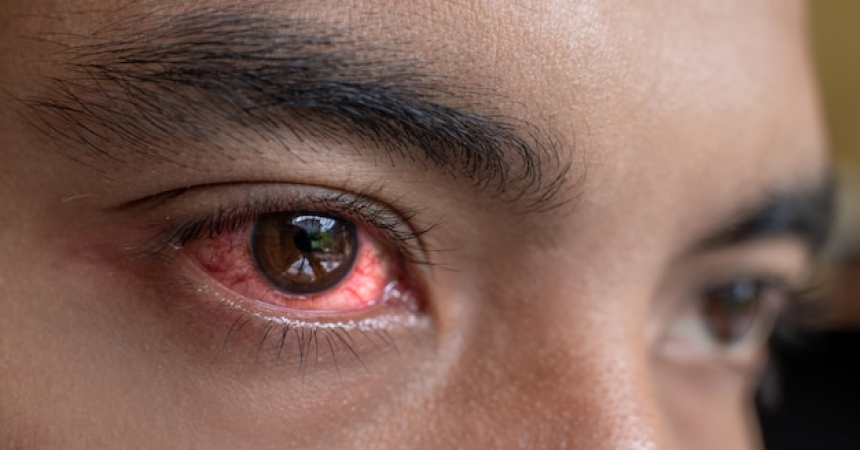-
+91 97799 10221
Helpline
-
-

Glaucoma Treatment

What do you mean by Glaucoma?
Glaucoma is an eye disease that damages the optic nerve(the nerve that connects both eyes from the back directly to the brain ). Glaucoma happens due to increased pressure within the eye. Which leads to blindness, if Glaucoma treatment is left untreated, it leads to peripheral(outer ) vision loss and ultimately leads to complete blindness.
Causes of Glaucoma

1. Sudden increase in intraocular pressure(IOP)
Intraocular pressure is a significant risk factor for glaucoma treatment. The liquid (which fills the space between the eyeball and cornea ) which is normally present in the eye gets stored if it doesn’t drain properly. An increase in pressure can damage the optic nerve.
2. Depends on the age
Glaucoma eye disease becomes more common as a person grows. Glaucoma starts from the age of 40-50 and it increases in 10 years. Some people ignore eye disease which leads to greater problems as they grow old.
3. It depends on the family background
A family history is also the reason for glaucoma eye disease and a major risk of developing the condition in the early stage compared to those who get the eye disease at the age of 40-50. About family history, it depends on the genetic predisposition( a liability to suffer from the same condition that is inherited from others).
4. Ethnicity (Belongs to a group of population who share the same problem)
Some ethnic groups normally have glaucoma eye disease spread major from African, Asian, and Latin Americans, and have a higher risk of developing glaucoma eye disease.
5.Eye Anatomy( The parts of the eye we see)
The structure of an eye tells us about the risk of glaucoma eye disease. Let's say the person has a normal eye structure in the eye but is still at risk of getting normal-tension glaucoma.
6. Glaucoma developed with a medical condition
Normally if we talk about getting a glaucoma eye disease related to medical conditions is normal nowadays as diabetes, cardiovascular, migraines, and high blood pressure can lead to a high risk of glaucoma disease.
7. Using steroids for a longer time
Long use of steroids whether it is in the form of eyedrops, oral medicines, or injections can risk of developing glaucoma disease.
8. Surgery also develops eye disease
Surgery that has been done by people to treat their eyes can also lead to glaucoma disease as sometimes major mistakes during the surgery can also lead to new problems.
Symptoms of glaucoma

Mostly glaucoma doesn’t have any symptoms but they start losing vision at a specific point of time. However, there are symptoms related to glaucoma eye disease.
1. Open-angle glaucoma
Most people with with this glaucoma don't have any symptoms, if symptoms appear they are usually late in the disease. The main sign of glaucoma is loss of side or peripheral vision.
2. Angle-Closure glaucoma
Symptoms of angle-closure glaucoma come faster and damage quickly. Symptoms like - vision loss, redness in the eyes, hazy, vomiting, pain in the stomach, and several headaches.
3.Pigmentary glaucoma
It is also a type of glaucoma symptom that occurs and it feels like - halos around the light, blurred vision, and gradual loss of vision.
4. Normal-tension glaucoma
It is also a type of symptom but doesn’t occur instantly, it looks normal but after some decades the vision gets lost blur.
History of glaucoma

The first glaucoma was discovered by Richard Banister in the year 1622. Angle-closure glaucoma was treated with cataract extraction by John Collins in 1806. The invention of the ophthalmoscope by Hermann Helmholtz in 1851 enabled ophthalmologists for the first time to identify the pathological hallmark of glaucoma, the excavation of the optic nerve head due to retinal ganglion cell loss. The first reliable instrument to measure intraoculars was invented by Hjalmar August Schiøtz in 1905. About a century later Hans Goldmann developed a tonometer which is still today used for innovation in diagnostics it is considered as the golden standard factor. The first Glaucoma treatment drug Pilocarpine introduced to reduce the IOP in the 1870s. The first eyedrop beta blocker was developed in the 1970s.
Treatment of glaucoma

In today’s century, glaucoma is treated with different methods like medicine, laser treatment, and last one is surgery. Mostly medicines like eye drops are effective in Glaucoma treatment, if the eyedrops don’t work then laser treatment is offered to get rid of the disease, it is a high beam of energy used to aim at the part of the eye to stop fluid building up inside it. Surgery is the last Option if both eyedrops and laser treatment don’t cure your disease. The technical name for the eye surgery is Trabeculectomy . The operation is carried out either local anesthetic ( wake position) or general anesthetic ( sleep position). After surgery, the eyes should be red, and watery, and vision is slightly blurred but it takes up to 6-7 weeks to get in a normal state.
About Us
Sandhu Eye Hospital is a symbol of quality eye care in Punjab for more than past 3 decades. This hospital is situated in the city of Nawanshahr, a small business town in Doaba region of Punjab. The hospital is being run by a family which is the third generation of ophthalmologists.







